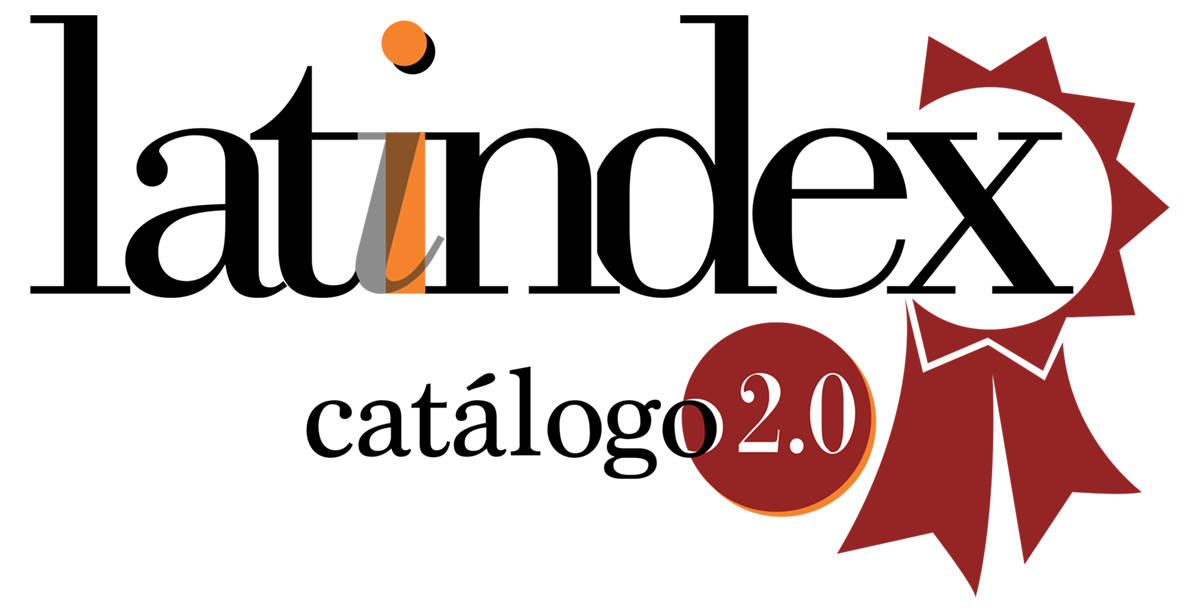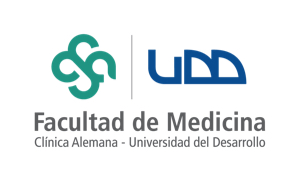Soft Tissue Traction: Real Benefit?
DOI:
https://doi.org/10.52611/confluencia.2024.1091Keywords:
Hip fractures, Traumatology, Fracture fixationAbstract
Introduction: Traction is an axial traction technique intended to restore and maintain straight alignment and length of the fractured extremity. Soft tissue traction is performed by adhesive skin traction, which is associated with multiple risks and complications. Objective: The aim of this literature review is to know if the benefit outweighs its risks, and in turn, to compare with other techniques. Methodology: International online database platforms were consulted, using as search criteria publications in English and Spanish, up to 10 years old, also incorporating full articles, abstracts and textbooks. Keywords such as traction, femur fracture and fracture healing were used. Result: The search returned 8 results in Google Scholar, 12 in DynaMed and 0 in EBSCOhost. Discussion and Conclusion: Soft tissue traction is a technique in disuse, used only as a rescue measure in preoperative management, where the patient's conditions or the environment do not allow definitive surgical treatment. There is no protocol defining in which patients and type of fracture to use this method. Cases of diaphyseal femur fractures and some hip fractures have been reported, where its use reduces pain, blood loss and prevents shock.
Downloads
References
Flynn S. History of traction. Int. J. Orthop. Trauma Nur [Internet]. 2017 [citado el 14 de noviembre de 2022];28:4-7. Disponible en: https://doi.org/10.1016/j.ijotn.2017.08.003
Judd J, Moore P, Barnard K, Flynn V, Little D, Mykona N. Traction Principles and Application [Internet]. London; Royal College of Nursing; 2021 [citado el 14 de noviembre de 2022]. 51 p. Disponible en: https://www.rcn.org.uk/-/media/Royal-College-Of-Nursing/Documents/Publications/2021/July/009-816.pdf
Duperouzel W, Gray B, Santy-Tomlinson J. The principles of traction and the application of lower limb skin traction. Int. J. Orthop. Trauma Nur [Internet]. 2018 [citado el 14 de noviembre de 2022];29:54-7. Disponible en: https://doi.org/10.1016/j.ijotn.2017.10.004
Obalum DC, Ibeanusi SB. Current. Place of Traction in Orthopaedic and Trauma Practice: A Review. OROAJ [Internet] 2019 [citado el 14 de noviembre de 2022];13(5). Disponible en: http://dx.doi.org/10.19080/OROAJ.2019.13.555874
The Sydney Children's Hospital Networks. Orthopaedic Traction: Care and Management. Practice guideline [Internet]. Sydney: NSW; 2021 [citado el 14 de noviembre de 2022]. Disponible en: https://resources.schn.health.nsw.gov.au/policies/policies/pdf/2014-9099.pdf
Llauradó G, Sierra L, Canel E. Cuidados de enfermería en la colocación y mantenimiento de tracciones de partes blandas. Ene [Internet]. 2014 [citado el 14 de noviembre de 2022];8(3). Disponible en: https://dx.doi.org/10.4321/S1988-348X2014000300009
Davarinos N, Ellanti P, McCoy G. A Simple Technique for the Positioning of a Patient with an above Knee Amputation for an Ipsilateral Extracapsular Hip Fracture Fixation. Case rep. orthop. [Internet]. 2013 [citado el 14 de noviembre de 2022];2013(1):1-3. Disponible en: https://doi.org/10.1155/2013/875656
Horas K, Schnettler R, Maier G, Schneider G, Horas U. The role of soft-tissue traction forces in bone segment transport for callus distraction: A force measurement cadaver study on eight human femora using a novel intramedullary callus distraction system. Strat Traum Limb Recon [Internet]. 2015 [citado el 14 de noviembre de 2022];10(1):21-6. Disponible en: https://doi.org/10.1007/s11751-015-0220-8
Morales P, Aybar A. Distracción iliofemoral percutánea previa a artroplastia total de cadera luxación de cadera de 26 años de evolución en un adulto. SPOT [Internet]. 2021 [citado el 14 de noviembre de 2022];1(3):15-9. Disponible en: http://spotrauma.org/revista_marzo_2021/15-19-caso-clinico.pdf
Huayapa H, Cabrera Z. Proceso enfermero a paciente con fractura basicervical de cadera del servicio de Traumatología y Ortopedia en un hospital de Lima [Internet]. Lima: Universidad Peruana Unión; 2022 [citado el 14 de noviembre de 2022]. Disponible en: https://repositorio.upeu.edu.pe/bitstream/handle/20.500.12840/5562/Haydee_Trabajo_Especialidad_2022.pdf?sequence=1&isAllowed=y
Rohman L, Love A, Michla Y. Finger Trap Traction and Distal Radius Fractures. Tech. Orthop [Internet]. 2020 [citado el 14 de noviembre de 2022];35(4):247-51.
Disponible en: http://dx.doi.org/10.1097/BTO.0000000000000347
Muñoz G. Estenosis uretral postraumática por accidente de tránsito [Internet]. Ecuador: Universidad Técnica De Ambato; 2015 [citado el 14 de noviembre de 2022]. Disponible en: http://repositorio.uta.edu.ec/jspui/bitstream/123456789/9428/1/CASO%20CLINICO%20-%20GRACE%20MUÑOZ.pdf
García B. Recurrent hip dislocation in neurofibromatosis type-1. Rev Cubana Ortop Traumatol [Internet]. 2019 [citado el 14 de noviembre de 2022];33(2). Disponible en: http://scielo.sld.cu/scielo.php?pid=S0864-215X2019000200004&script=sci_arttext&tlng=en
Guerrero SB, Proaño PP, Acosta VV. Fractura de acetábulo. A propósito de un caso. MedicienciasUTA [Internet]. 2018 [citado el 26 de noviembre de 2022];2(3):21-7. Disponible en: https://revistas.uta.edu.ec/erevista/index.php/medi/article/view/1345
Etxebarría-Foronda I, Caeiro-Rey JR. Utilidad de la tracción preoperatoria en la fractura de cadera. Rev Osteoporos Metab Miner [Internet]. 2018 [citado el 26 de noviembre de 2022];10(2):98-102. Disponible en: https://dx.doi.org/10.4321/s1889-836x2018000200007
Even JL, Richards JE, Crosby CG, Kregor PJ, Mitchell EJ, Jahangir AA, et al. Preoperative skeletal versus cutaneous traction for femoral shaft fractures treated within 24 hours. J Orthop Trauma [Internet]. 2012 [citado el 26 de noviembre de 2022];26(10):e177-82. Disponible en: https://doi.org/10.1097/bot.0b013e31823a8dae
Manafi Rasi A, Amoozadeh F, Khani S, Kamrani Rad A, Sazegar A. The Effect of Skin Traction on Preoperative Pain and Need for Analgesics in Patients With Intertrochanteric Fractures: A Randomized Clinical Trial. Arch Trauma Res [Internet]. 2015 [citado el 26 de noviembre de 2022];4(2). Disponible en: https://doi.org/10.5812/atr.12039v2
Martínez-Rondanelli A, Uribe JP, Escobar SS, Henao J, Ríos JA, Martínez-Cano JP. Control de daño y estabilización temprana definitiva en el tratamiento del paciente politraumatizado. Rev. colomb. ortop traumatol. [Internet]. 2018 [citado 7 de agosto de 2024];32(3):152-60. Disponible en: https://doi.org/10.1016/j.rccot.2017.11.009
Gandhi R, Overton T, Haut E, Lau B, Vallier H, Rohs T, et al. Optimal timing of femur fracture stabilization in polytrauma patients: A practice management guideline from the Eastern Association for the Surgery of Trauma. J Trauma Acute Care Surg [Internet]. 2014 [citado 7 de agosto de 2024];77(5):787-95. Disponible en: https://doi.org/10.1097/ta.0000000000000434
Downloads
Published
How to Cite
Issue
Section
License
Copyright (c) 2024 Revista Confluencia

This work is licensed under a Creative Commons Attribution-NonCommercial-NoDerivatives 4.0 International License.









